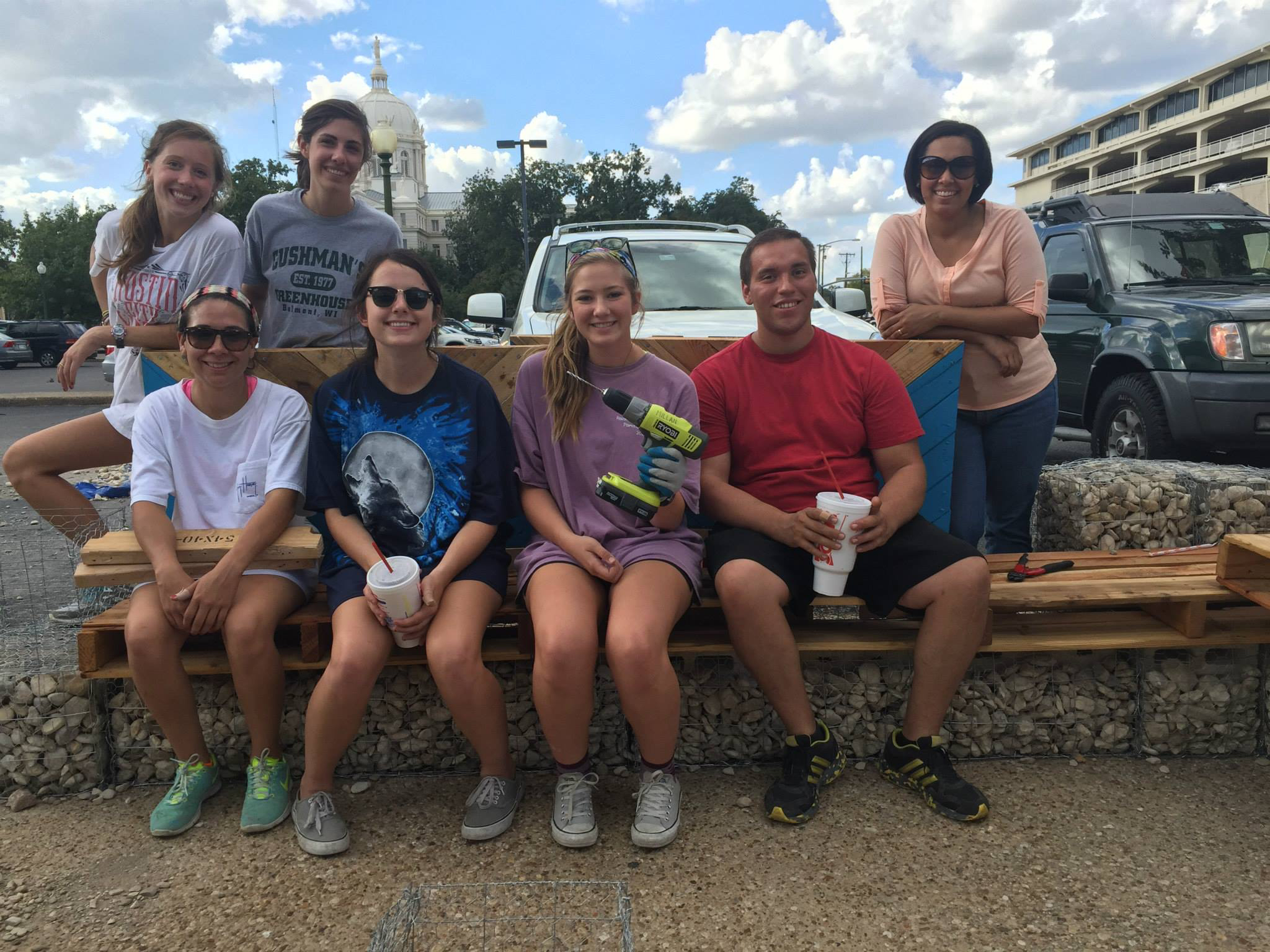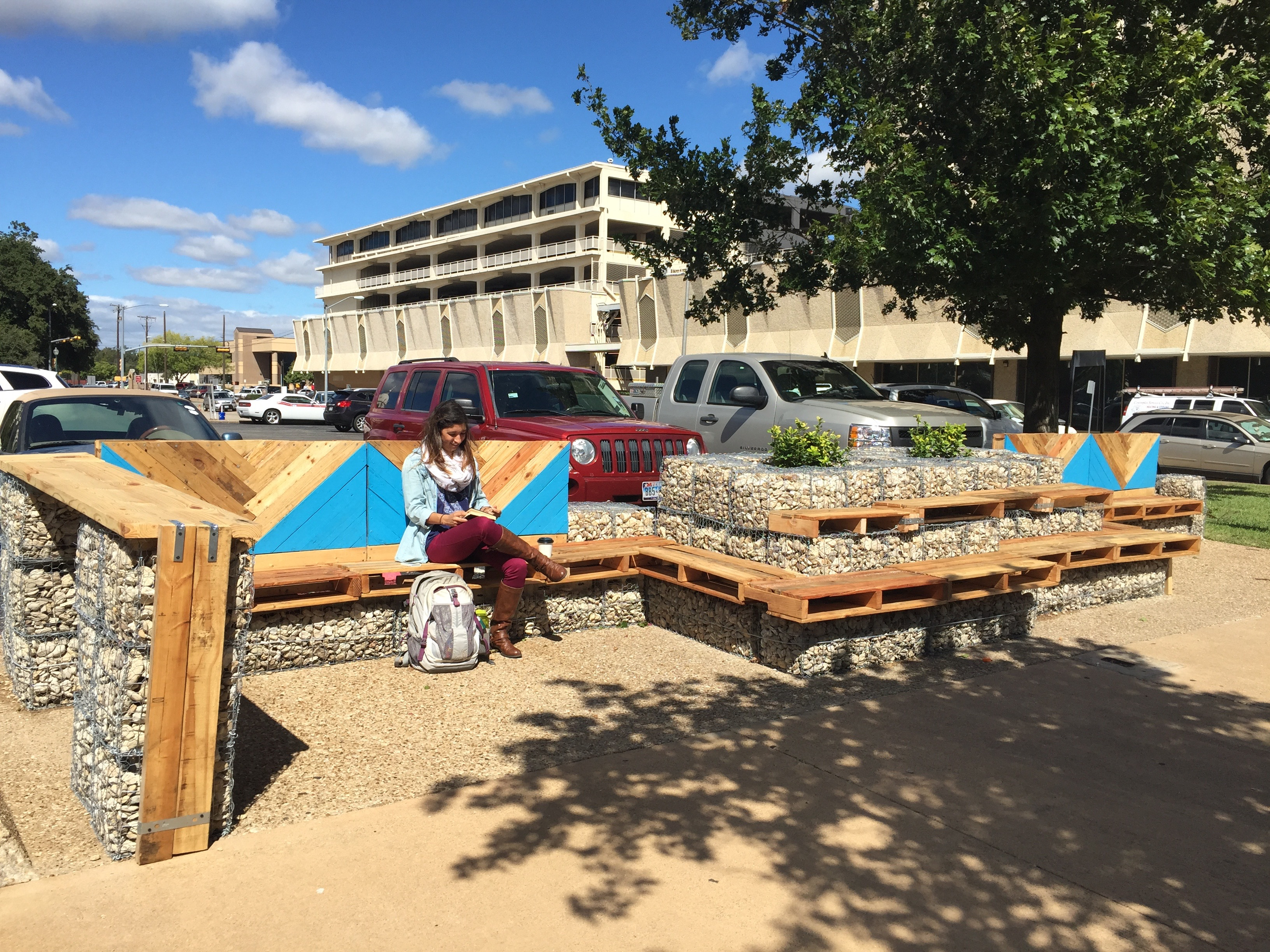A Heart For Local Service
The Department of Family and Consumer Sciences (FCS) at Baylor University prepares students to succeed in a variety of careers in business, education and the service industry, including interior design. While at Baylor, service learning opportunities offer junior and senior interior design majors a unique opportunity to cultivate a spirit of service, while working hand-in-hand with the Waco community.
“Typically, organizations within the community reach out to our program with projects they’d like to see some designs for,” said Dr. Elise King, assistant professor of interior design. “We make sure to involve the client in the design process as much as possible along the way, like in the research and the design development phase, and then have them come in to view a final presentation so they understand the process and can provide feedback.”
King calls this kind of pro bono work “service learning,” a teaching and learning strategy that integrates meaningful community service with instruction and reflection, enriching the student’s learning experience, teaching and encouraging civic responsibility and strengthening the bonds within a community. Interior design students benefit professionally and personally from this real-life experience, enjoying an added sense of purpose as they work to better the community around them.

“The first major benefit of service learning is interacting with clients and gaining the experience of working on a design project that has the potential to affect people’s lives,” King said.
With these projects, students have to use professional communication with their clients, learning skills within a university environment that are necessary for the job market. The second major benefit that King observes is the opportunity for students to watch and execute most (if not all) of the design process in its entirety, whereas, on the job, an interior designer would specialize in only one part of the process. Service learning opportunities allow interior design students to participate in feasibility, research and programming, schematics, design development, renderings, constructability and post-occupancy evaluation.
Finally, these projects invite communication and collaboration among faculty and staff across campus.
“The depth and variety of expertise on campus is limitless,” King said. “And projects conducted by the interior design students allow for engagement within the Baylor community on a new level.”
While King and her students have enjoyed each service learning project over the years, the most memorable has been the downtown Waco “parklet” design.
The parklet, a 35-foot-long structure installed in 2014 on the 500 block of Austin Avenue, was the product of six weeks of site studies, planning, design and construction by 15 interior design students. King’s idea for the parklet came from a desire to attract people to the downtown area, as well as add a softer touch to the surrounding concrete and asphalt of the buildings and streets. Parklets are steadily trending in urban planning, as they provide low-maintenance, visually pleasing gathering spaces in areas of dense development.

King and her team of students wanted to embody a sense of place in Downtown Waco and create a structure that complemented the surrounding area. The students working on the project conducted a number of site studies in the area, observing the colors used in nearby murals and painting those shades on structures within the parklet as well as crafting a herringbone pattern out of recycled pallet wood to pay homage to the “W” in “Waco.” The students hoped to design the parklet to cater to all demographics— not just one target group. Whether for a family looking for a play area for their children, a college student seeking solace from his or her studies or a downtown office worker needing a breath of fresh air, the parklet provides a place of rest and relaxation.
“The project gave me a deep appreciation and understanding that small projects, intended for and tailored to specific communities, can have sustainable impacts,” said Chelsea Millan, BA ’17, who worked on the parklet in Waco. “It’s all about the people on the other end of the project who are actually experiencing and using the design or architecture.”
For more information about Baylor Interior Design visit baylor.edu/fcs.